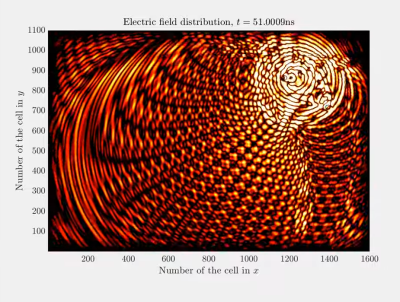You don’t have to know how a car engine works to drive a car — but you can bet all the drivers in the Indy 500 have a better than average understanding of what’s going on under the hood. All of our understanding of electronics hinges on Maxwell’s equations, but not many people know them. Even fewer have an intuitive feel for the equations, and [Ali] wants to help you with that. Of course, Maxwell’s gets into some hairy math, but [Ali] covers each law in a very pragmatic way, as you can see in the video below.
While the video explains the math simply, you’ll get more out of it if you understand vectors and derivatives. But even if you don’t, the explanations provide a lot of practical understanding
Understanding the divergence and curl operators is one key to Maxwell’s equations. While this video does give a quick explanation, [3Blue1Brown] has a very detailed video on just that topic. It also touches on Maxwell’s equations if you want some reinforcement and pretty graphics.
Maxwell’s equations can be very artistic. This is one of those topics where math, science, art, and history all blend together.














